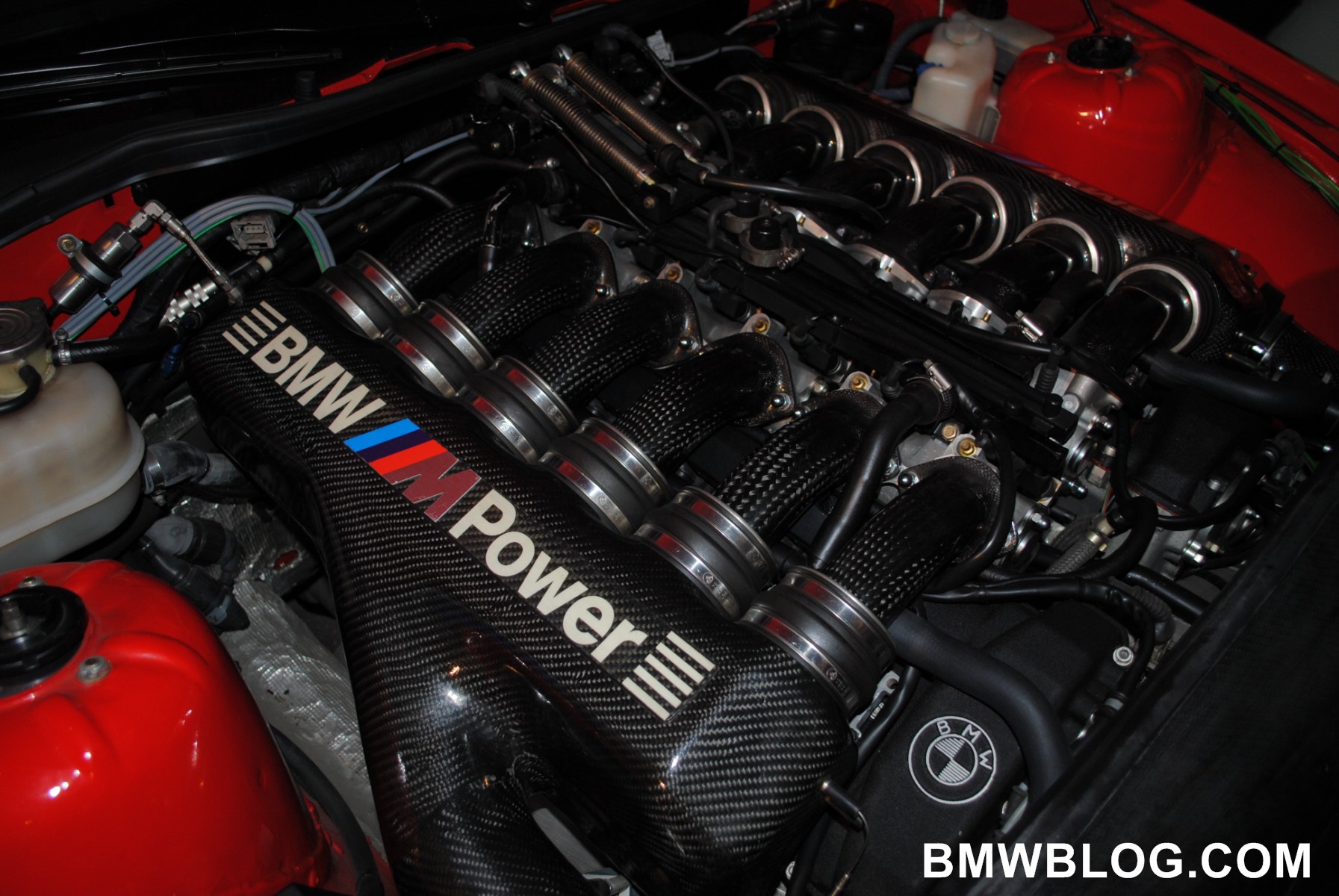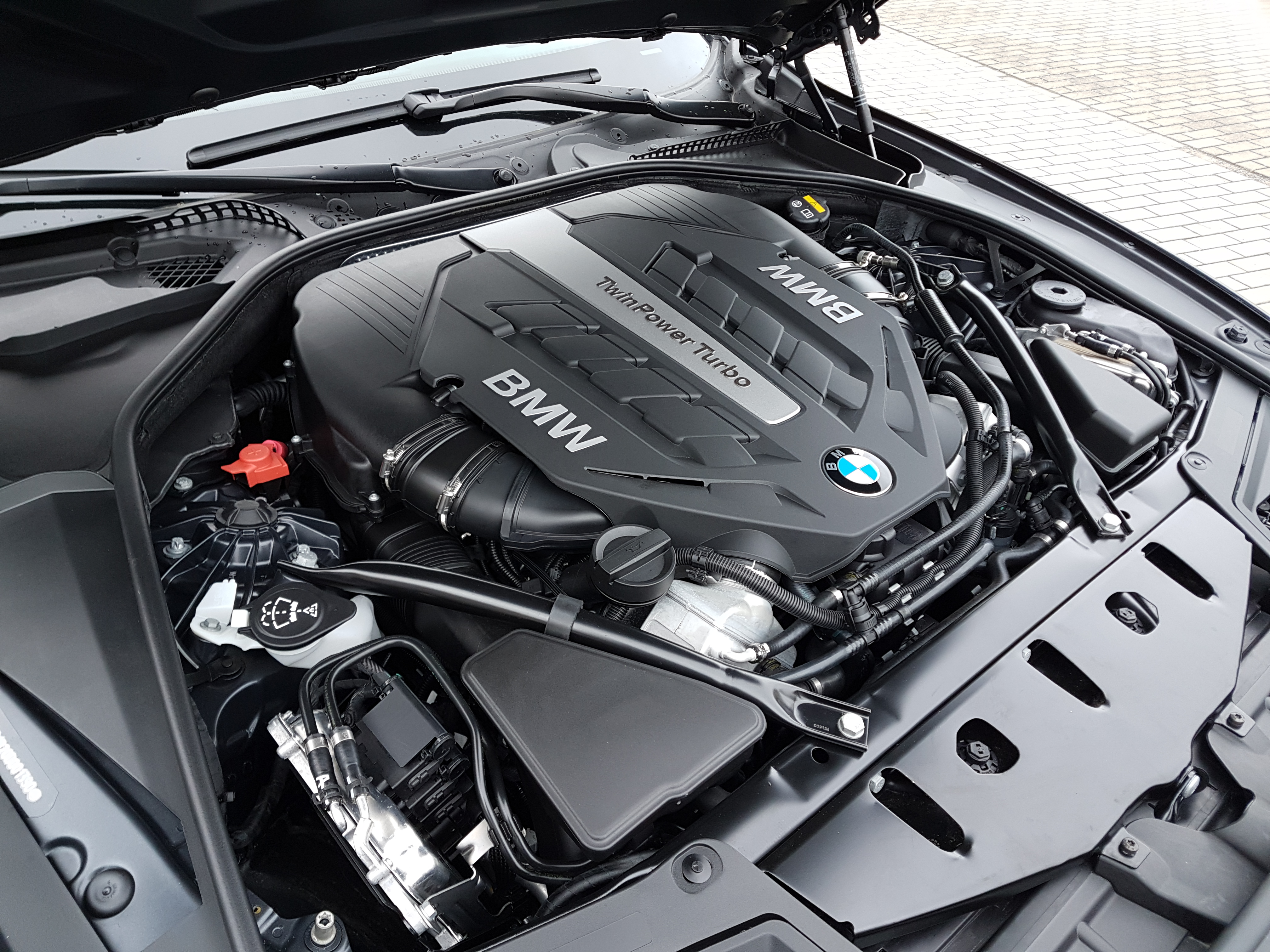A Comprehensive Guide to Recognizing BMW Engine Specs
A Comprehensive Guide to Recognizing BMW Engine Specs
Blog Article
Introducing the Intricacies of Next-Generation Power Units: a Deep Study Advanced Engine Advancements and layouts
In the world of automobile engineering, the unrelenting quest of performance, performance, and sustainability has actually thrust the evolution of power devices to extraordinary elevations. As we base on the precipice of a new period in transport, the details of next-generation engine layouts bid us to check out the advanced innovations and technologies that assure to redefine the driving experience. From advanced products that press the boundaries of sturdiness and weight reduction to innovative turbocharging and turbo charging systems that elevate power output to brand-new levels, each part of these power systems holds a key to opening the future of auto engineering. Delving much deeper right into the realms of emission control, smart engine administration systems, and the perspective of power system growth, we discover ourselves on the cusp of a change that assures to reshape the landscape of mobility as we recognize it.
Development of Engine Products

The shift in the direction of progressed engine materials has likewise enabled engineers to create engines with greater power results while keeping gas efficiency requirements. The use of lightweight materials minimizes the general weight of the engine, leading to enhanced gas economy and reduced emissions. Furthermore, innovations in products technology have permitted better thermal management within engines, resulting in increased reliability and longevity.
Turbocharging and Supercharging Technologies
Just How do Turbocharging and Supercharging Technologies change engine efficiency and effectiveness in modern lorries? Supercharging and turbocharging are technologies that substantially improve engine performance by raising the quantity of air intake right into the combustion chamber. Turbocharging achieves this by utilizing a turbine driven by exhaust gases to pressurize the consumption air, while supercharging makes use of a belt- or chain-driven compressor to achieve the very same result.
These innovations make it possible for smaller sized, much more fuel-efficient engines to generate power equivalent to bigger ones, known as downsizing. Forcibly even more air into the cyndrical tubes, turbocharging and supercharging boost combustion performance, leading to increased horsepower and torque result without a significant increase in engine size. This leads to much better acceleration, towing capacity, and general driving performance.
In addition, turbocharging and supercharging contribute to improved gas effectiveness by permitting the use of smaller engines that take in much less fuel under typical driving problems - bmw engine. This combination of enhanced performance and performance has actually made turbocharging and supercharging important parts of many contemporary engine styles
Exhaust Control and Environmental Influence
With raising global concerns regarding air quality and environmental sustainability, the implementation of emission control innovations in lorries plays an essential duty in minimizing harmful contaminants released right into the ambience. Modern lorries are geared up with sophisticated emission control systems that assist reduce the environmental effect of vehicle procedures. Catalytic converters, for circumstances, are made to convert poisonous gases such as carbon monoxide gas, nitrogen oxides, and hydrocarbons into less harmful substances like carbon dioxide and water vapor.
Furthermore, advancements in engine technology, such as the combination of exhaust gas recirculation systems and selective catalytic reduction, have actually significantly added to reducing emissions. These technologies function in tandem to maximize combustion effectiveness and reduce the release of harmful toxins right into the air. Furthermore, the development of crossbreed and electrical cars represents an essential action in the direction of minimizing the total ecological footprint of the transport market.
Intelligent Engine Administration Systems

Moreover, these systems enable automobiles to satisfy rigorous discharges criteria without endangering efficiency, providing a much more environmentally pleasant driving experience. The integration of expert system and anchor machine discovering capabilities in engine monitoring systems remains to push the borders of what is possible, resulting in more enhancements in efficiency, dependability, and overall vehicle performance. bmw engine. As vehicle technology developments, smart engine management systems will certainly play a critical role fit the future of transport towards a more lasting and efficient instructions
Future Trends in Power Device Advancement
As intelligent engine monitoring systems lead the way for boosted control and optimization in modern cars, future trends in power unit growth are poised to redefine the landscape of automotive propulsion technologies. One of the vital patterns driving development in power device advancement is the change in the direction of electrification. With an enhancing focus on sustainability and reducing carbon discharges, hybrid and electric powertrains are ending up being much more prevalent in the auto industry. These alternate source of power supply boosted effectiveness and efficiency while lining up with rigid environmental regulations.
Another substantial pattern is the assimilation of advanced products and producing techniques. Lightweight materials such as carbon fiber and light weight aluminum are being made use of to decrease general vehicle weight, improving gas efficiency and efficiency. Additionally, innovations in 3D printing and additive manufacturing are enabling the manufacturing of intricate engine elements with greater accuracy and sturdiness.
Additionally, expert system and device understanding are playing an essential duty in maximizing power unit performance. These innovations permit for real-time surveillance and flexible control, leading to much more reliable and efficient power distribution. Overall, future patterns in power device development are tailored towards sustainability, performance, and efficiency, driving the automotive market in the direction of a new period of propulsion innovations.

Final Thought
Finally, the developments in engine materials, turbocharging, exhaust control, and smart management systems have paved the way for next-generation my company power devices. These advancements have not just enhanced performance and performance but likewise minimized environmental impact. As technology remains to evolve, future patterns in power unit advancement are most likely to concentrate on additional improving sustainability and maximizing power output. The complex layouts and technologies in contemporary engines display the continuous evolution of automobile innovation.
Discovering the dynamic advancements in engine products has been pivotal in improving the efficiency and efficiency of modern-day engines. Over the years, the advancement of engine products has played a vital role in pressing the boundaries of what engines can accomplish.The shift towards advanced engine materials has actually additionally made it possible for designers to create engines with greater power outputs while keeping fuel performance requirements.The application of smart engine monitoring systems in modern vehicles has reinvented the method engines are controlled and maximized for efficiency and effectiveness. By gathering information in real-time and analyzing it with advanced algorithms, smart engine management systems can adjust to driving styles, environmental elements, and engine health to take go to this web-site full advantage of power result while minimizing fuel usage and exhausts.
Report this page